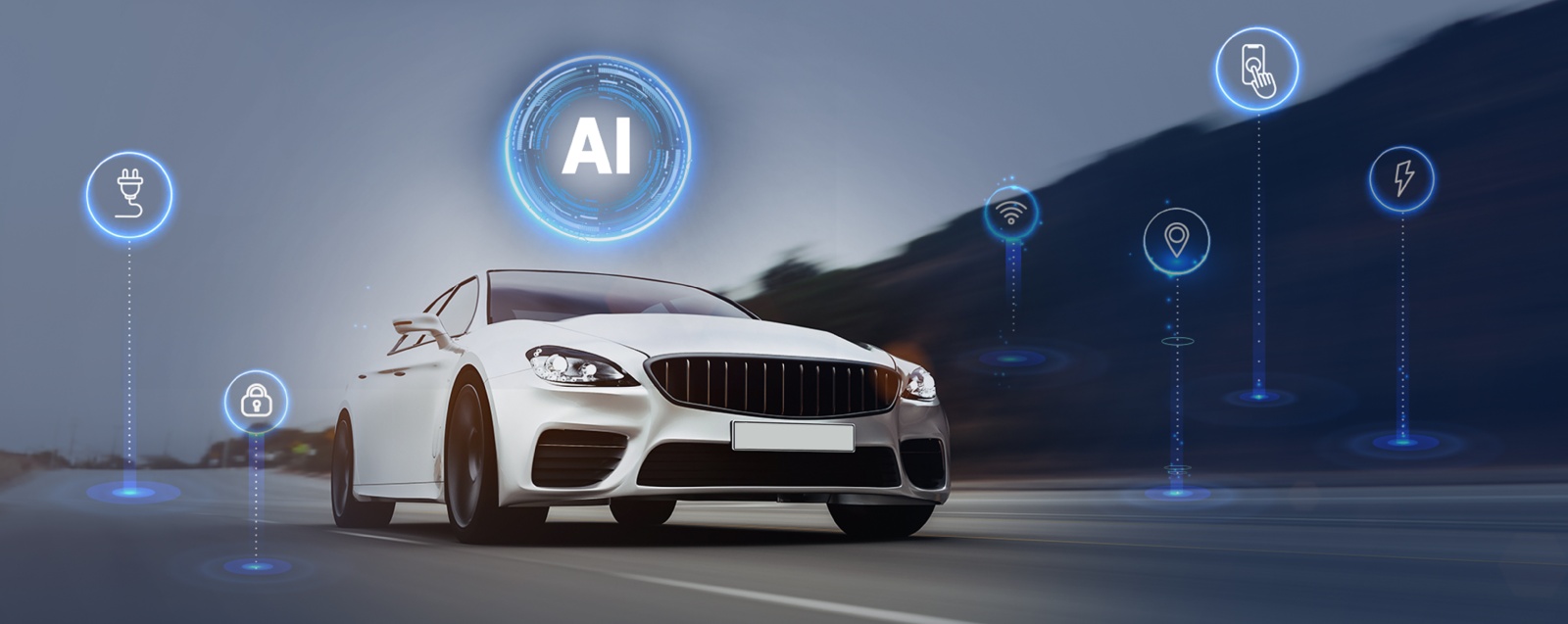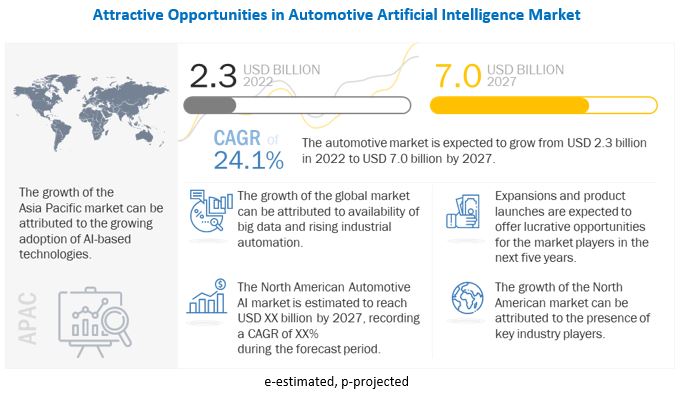There are so many new cars and specs rolling out very soon that we are not even prepared for. Over 40 years, cars have evolved rapidly into intelligently sophisticated machines. However, with these banging developments, what is in store for the future?
In this post, we will take a ride down the exciting tech and advancements that are awaiting us in a couple more years to come. Are you ready?
That said,
What is Automotive Software Development?

Automotive software development refers to the design, coding, and integration of software systems that manage various aspects of a vehicle’s operation. These range from critical safety systems and engine control units to infotainment, navigation, and connectivity solutions. With the rise of software-defined vehicles, developers now focus on scalable, updateable platforms that improve over time through over-the-air (OTA) updates.
Some of the most thrilling new automotive technology to look out for in 2024:
1. Software-Defined Vehicles (SDVs): Cars with Code at the Core
Traditionally, cars were driven by mechanical and hardware systems. But modern vehicles are increasingly controlled by software. These Software-Defined Vehicles (SDVs) are essentially digital platforms that can be continuously upgraded without needing hardware replacements.
If your car feels like a smartphone on wheels, that’s because it is. SDVs allow automakers to:
Push feature updates without physical alterations
Improve performance and efficiency remotely
Personalize the driving experience based on user profiles
For consumers, this means you could install new driving modes, update your dashboard UI, or even subscribe to features like heated seats or adaptive cruise control.
2. Over-the-Air (OTA) Updates: Say Goodbye to Dealership Runs
Much like how your smartphone updates overnight, OTA (Over-the-Air) updates bring the same convenience to your vehicle. Instead of taking your car to a dealership for minor fixes or software upgrades, automakers can now push updates wirelessly.
Benefits include:
Fixing bugs or glitches instantly
Rolling out new safety features or entertainment options
Reducing the need for physical recalls
Tesla set the standard with OTA updates, offering features like improved battery efficiency and even performance boosts via software. Now, companies like Ford, BMW, and Hyundai are implementing OTA across their new models.
OTA not only cuts down costs but also builds long-term relationships with users by delivering ongoing value post-purchase.
3. AI Integration: The Brain Behind Modern Driving
Artificial Intelligence (AI) is now baked into almost every modern vehicle system, making cars smarter and more responsive. AI helps your car see, think, and act more like a human driver—but with superpowers.
Examples of AI in cars:
Adaptive cruise control: Maintains a safe distance from the car ahead.
Lane-keeping assist: Gently guides you back into your lane if you drift.
Driver monitoring: Alerts you if you’re drowsy or distracted.
Predictive maintenance: Anticipates breakdowns before they happen.
Beyond safety, AI is also used in natural language processing for voice assistants, and in personalization algorithms that learn your climate control preferences or preferred routes.

The automotive AI market is expected to reach $7 billion by 2026, according to MarketsandMarkets.
4. V2X Communication: Cars That Talk to Everything

Vehicle-to-Everything (V2X) communication enables your car to communicate with:
This kind of data sharing improves:
Road safety: Prevents collisions by warning of oncoming traffic or hazards
Traffic efficiency: Helps avoid congested routes in real-time
Fuel economy: Reduces idle time by predicting traffic signals
Imagine your car knowing the timing of a red light ahead or being alerted about black ice two intersections away. That’s the promise of V2X.
Governments across Europe, the US, and Asia are investing heavily in V2X infrastructure to support smart cities and autonomous driving.
5. Cloud Computing + Edge Processing: Power and Speed Combined
Your car now produces terabytes of data - from GPS, cameras, LiDAR, to engine diagnostics. Managing this data efficiently is critical, and it happens through a combo of cloud computing and edge processing.
Here’s how it works:
Cloud computing allows data to be stored and analyzed remotely, enabling advanced services like real-time navigation, infotainment updates, and fleet management.
Edge processing happens locally in the car. It’s responsible for urgent tasks like braking, obstacle detection, or lane corrections—where every millisecond counts.
This hybrid system ensures both intelligence and safety, while enabling smarter mobility services like ride-sharing, car subscriptions, and autonomous delivery fleets.
6. Automotive Cybersecurity: Digital Locks for Digital Wheels
As vehicles become more connected, the risk of cyberattacks increases. Imagine hackers accessing your brake system or tracking your location—it’s not sci-fi, it’s a real threat.
Automotive cybersecurity is about creating protective shields around vehicle systems and user data. It includes:
Secure communication protocols
Encrypted storage and authentication
Real-time intrusion detection
OTA-based security patches
Regulatory bodies like the UN Economic Commission for Europe (UNECE) have introduced regulations requiring all manufacturers to adopt cybersecurity frameworks by 2024.
With the stakes this high, cybersecurity is no longer optional—it’s a necessity.
7. Industry Collaboration and Standardization: Building Together, Faster
No single company can innovate at the pace demanded by today’s tech-savvy market. That’s why collaboration and standardization are the way forward.
One prime example is AUTOSAR (AUTomotive Open System ARchitecture)—a global partnership developing open, standardized software platforms that improve compatibility and cut development time.
Other partnerships include:
Benefits of standardization:
The more unified the industry becomes, the better the outcomes for both OEMs and end users.
Autonomous Driving and the Software Race
The holy grail of automotive software? Autonomous driving.
Self-driving technology combines multiple trends mentioned above—AI, V2X, edge computing, and more—to allow vehicles to operate with little or no human input.
Levels of autonomy:
Level 0: No automation
Level 1-2: Partial automation (cruise control, lane centering)
Level 3-4: Conditional and high automation
Level 5: Full automation (no driver needed)
As of 2025, most consumer vehicles are hovering at Level 2, but pilot programs from Waymo, Cruise, and Tesla are already operating at Level 4 in select areas.
Challenges ahead:
Still, the software race is accelerating, and autonomous vehicles are edging closer to reality every day.
What This Means for Consumers

Even if you’re not a car enthusiast, these developments directly impact your everyday driving experience.
Here’s what you can expect:
Fewer trips to the mechanic
Better fuel efficiency through smart navigation
Safer roads thanks to AI and V2X
Personalized entertainment and comfort features
Potential savings with predictive maintenance
Your car will become more than a vehicle. It will literally be your personal assistant, safety manager, and entertainment hub, all in one.
Final Thoughts: The Road Ahead Is Digital
We are entering a new era where software defines the car’s value. For car manufacturers, tech developers, policymakers, and drivers, this is both a challenge and an opportunity.
The vehicles of the future won’t just drive—they’ll learn, adapt, and even evolve over time. Its interesting to realise that the road ahead is not just paved with concrete; it’s built on code.
Partner with SureMech
SureMech is building the future of automotive service in Africa. Our online platform connects car owners with trusted, verified mechanics anytime, anywhere. For technicians and workshop owners, our SureMech Academy offers hands-on training to help you stay relevant in today’s tech-driven auto industry. Whether you're looking to learn, grow, or get found, SureMech is your all-in-one solution.
Join us today at www.suremech.com and be part of the next generation of automotive service.